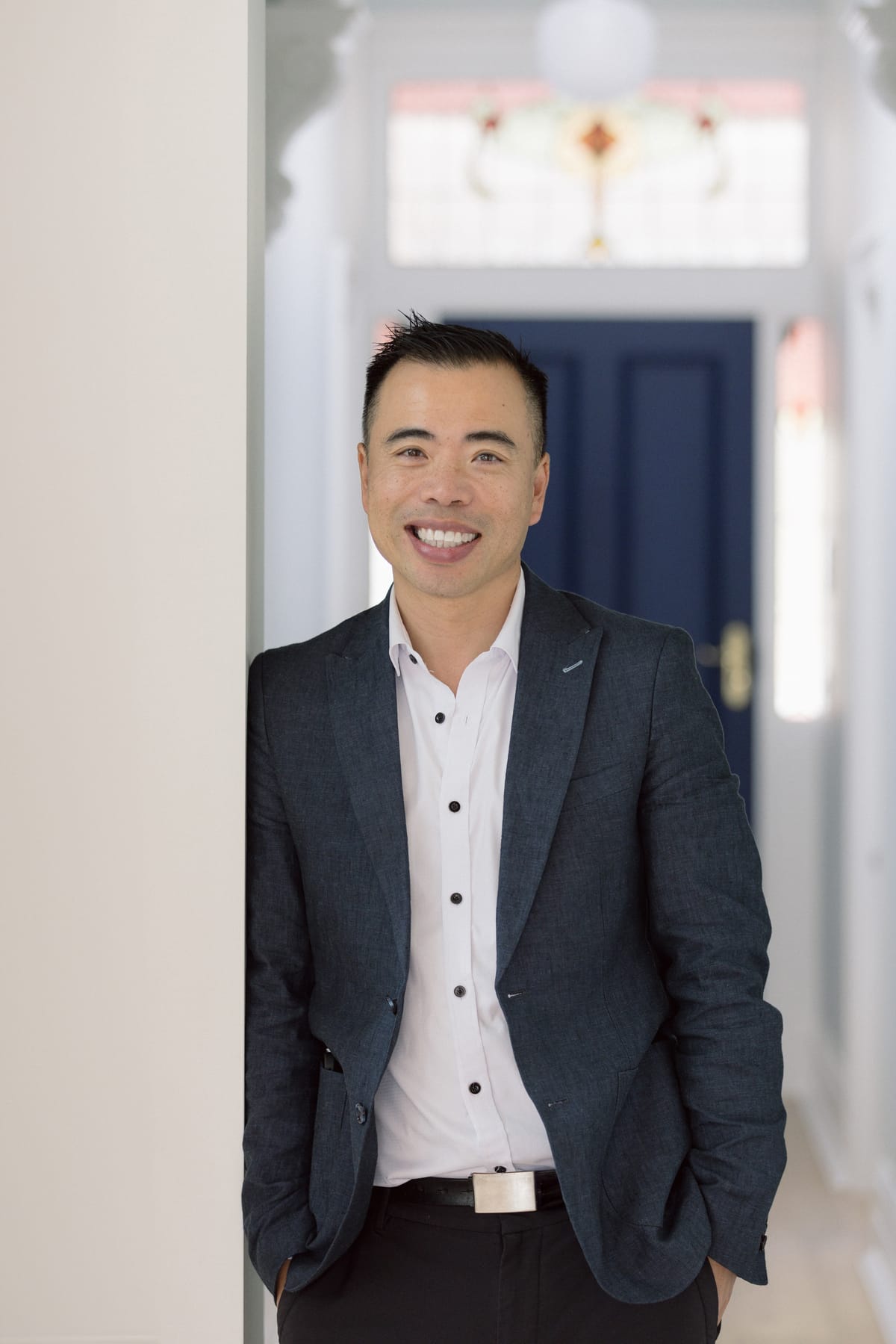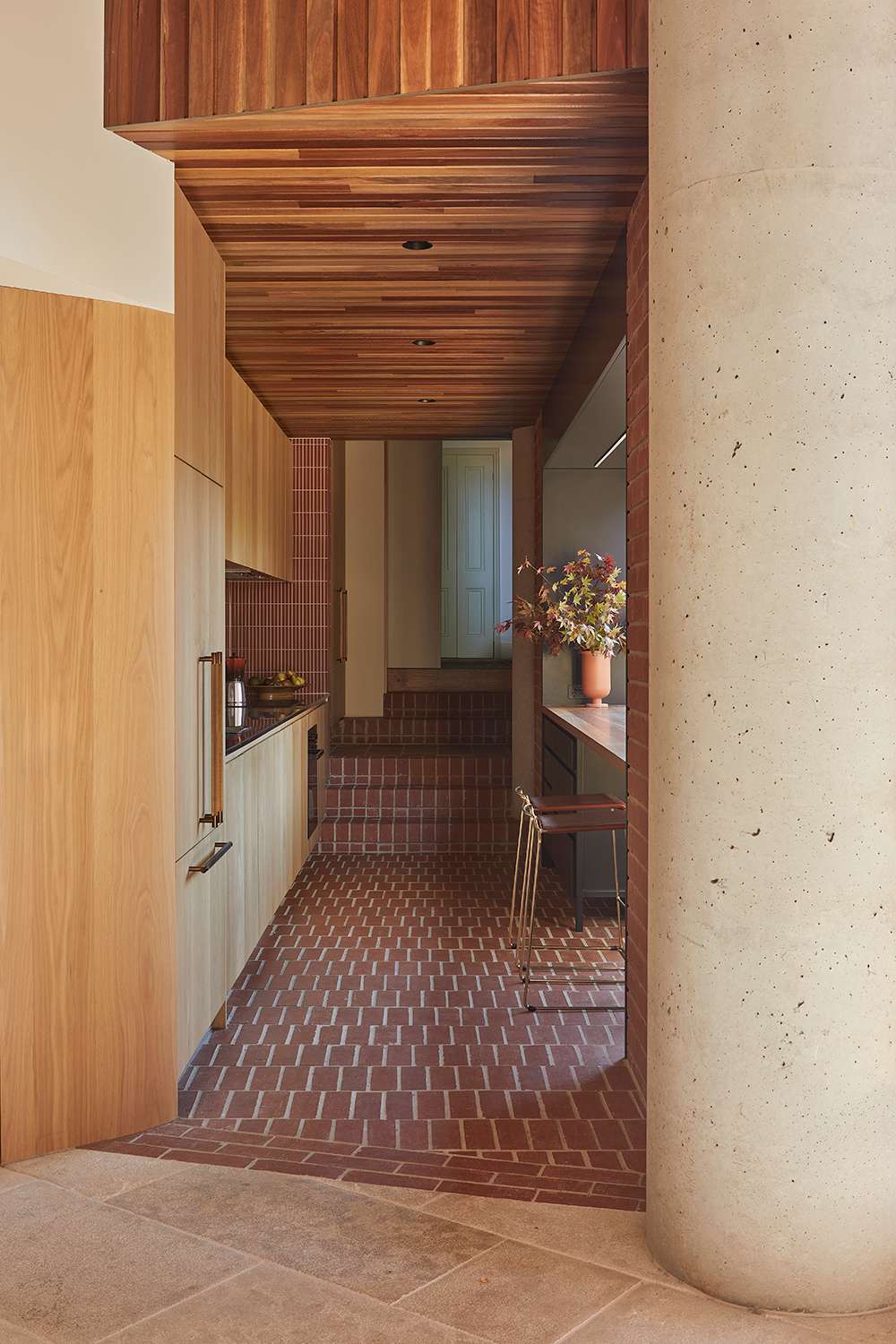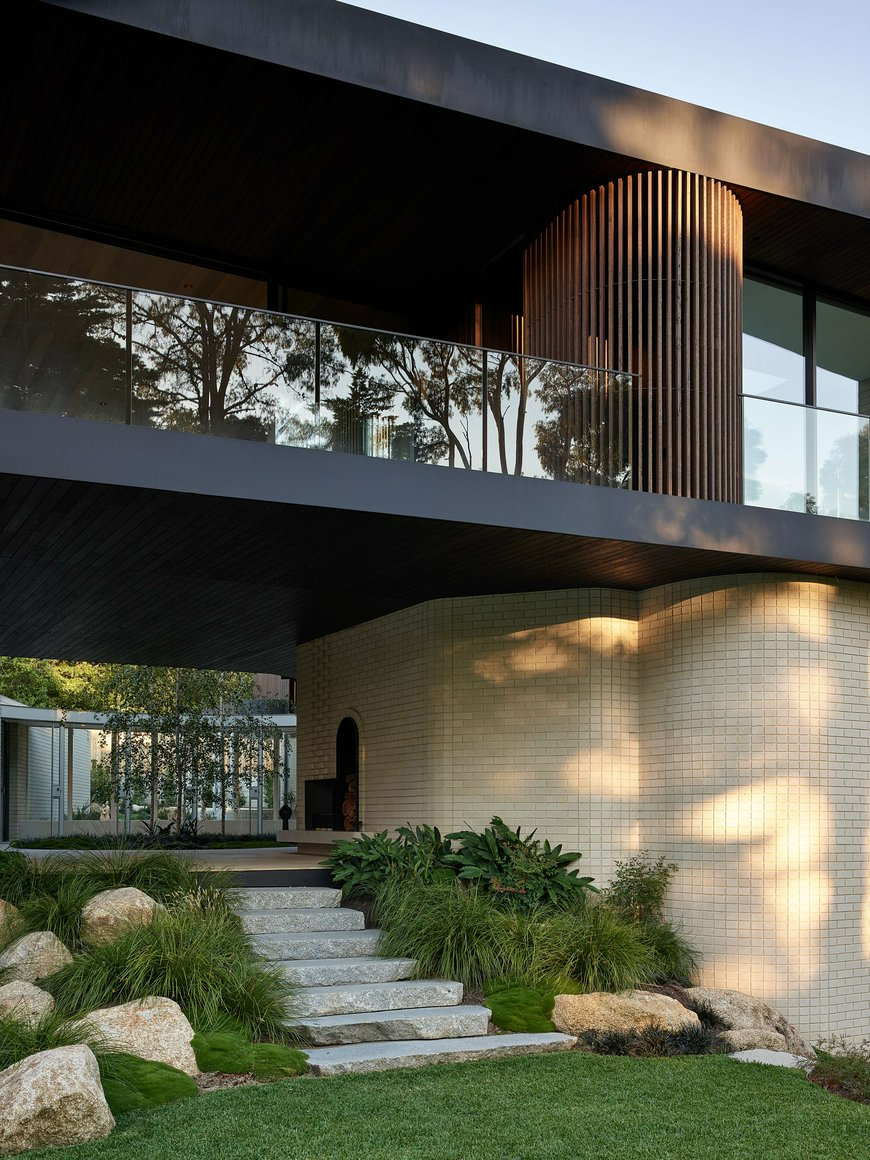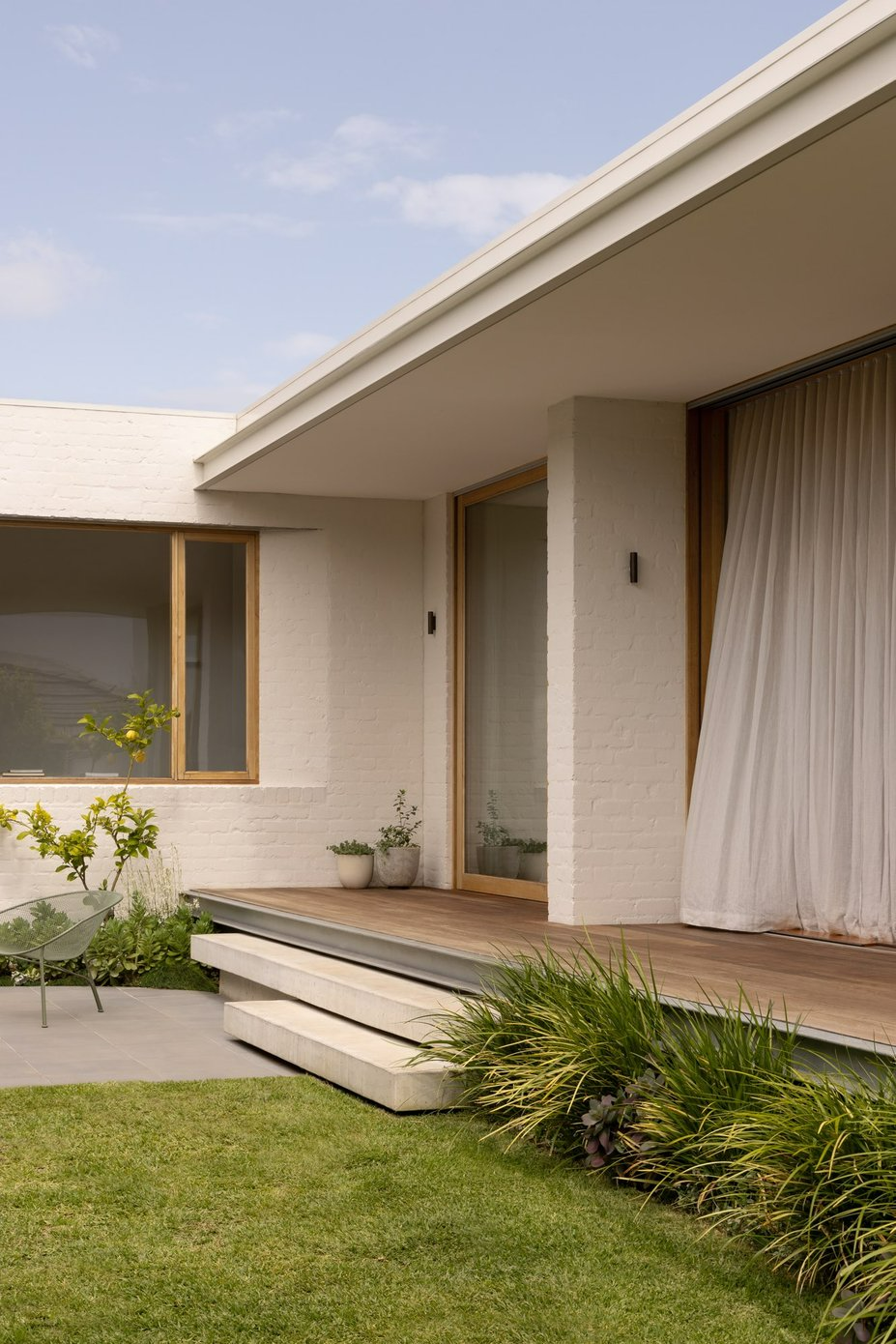Eucalypts are quintessentially Australian. They have quite literally built our nation. With the closure of the Victorian timber industry there has understandably been fear that other states would follow, but Australia’s most loved hardwood, Tasmanian Oak is here to stay. Our supply chain is secure, and Tasmanian timber suppliers are eager to work with architects, joiners, stair-makers, merchants, builders and wholesalers to fill the gaps left by Vic Ash. We can’t solve the whole problem, but engage early, communicate your needs and we’ll help find a local solution. We need to work together to keep Australian timber in Australian homes.
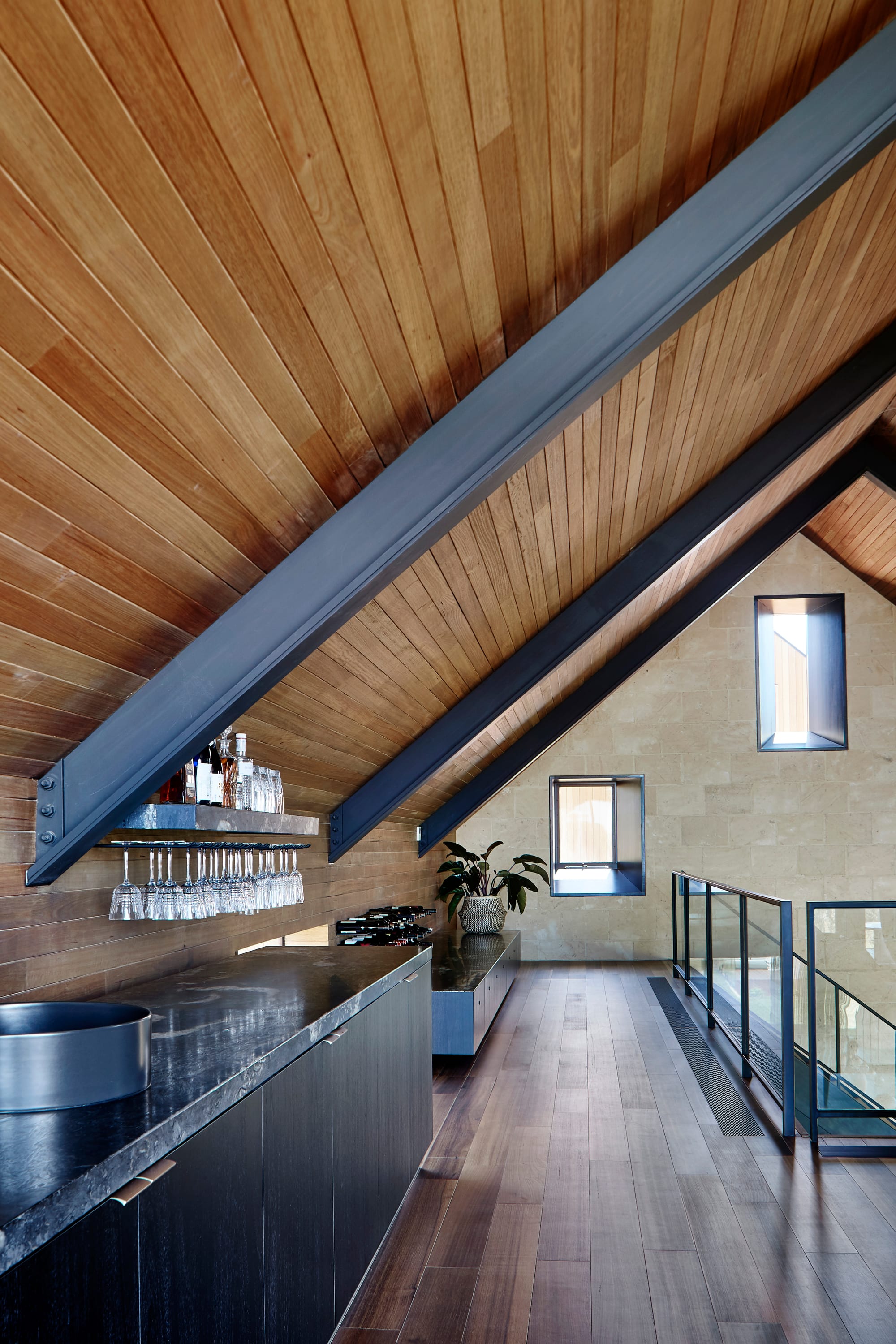
The future supply of Tasmanian hardwood is secure. The Tasmanian government recognise the value of a sustainable forest industry. Both the Tasmanian Liberal government1 and Labor opposition have provided assurances that timber contracts will be extended out to 2040. This bipartisan support provides certainty to the whole timber supply chain. In addition to resource security from the public estate, Tasmania’s world-leading private forest estate continues to flourish.
It is however important that Australian manufacturers continue to support their local timber industry and where possible, not fill the gap with imports. Here’s why.
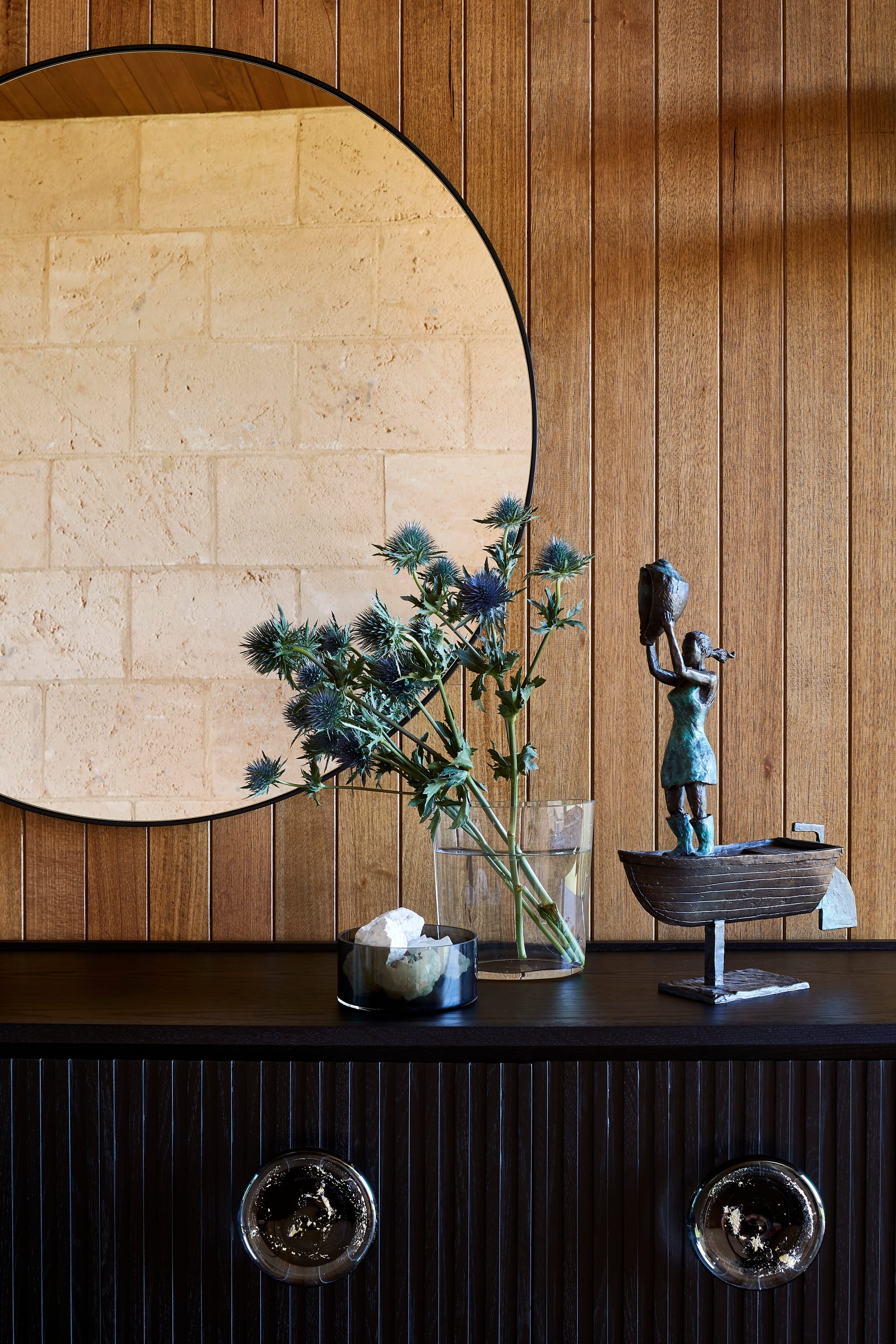
The Tasmanian Government have announced that they will increase the weight they place on ‘buying local’ in procurement from 25% to 30% under its Buy Local policy, to support local business. Why? Buying local builds our economy.
Australia needs sovereign manufacturing to maintain national resilience. The ABC reported this week that “Australia is importing more than it is exporting, which is a negative for economic growth.” The trade deficit in Timber in Australia is already over 3.7 billion annually. We should produce as much as we can at home and support our local industries to continue to do so.
The Australian Made campaign says, “It just makes sense to buy things that are made or grown in Australia.” When you buy Australian products, the money stays in Australia. You are supporting Australian jobs [and skills retention] because the company that produces that product can employ more Australians. If more Australians have jobs, it means families are more likely to have more money to buy more things. Companies and employees then pay more tax to the Government to spend on things like schools and hospitals.
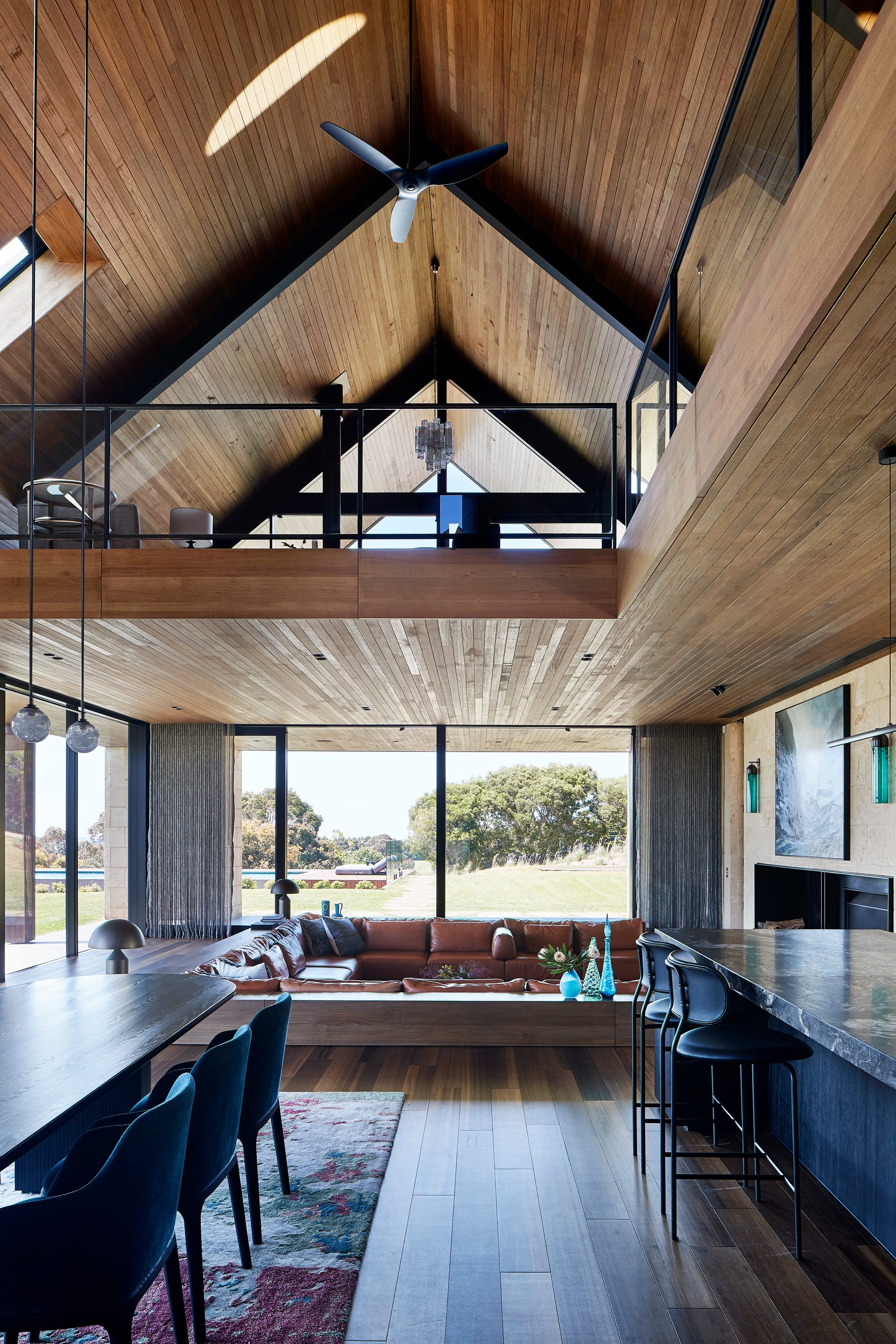
Relying on imports is inherently risky. Foreign exchange rate fluctuations, highly volatile prices stemming from supply and demand fluctuations in other countries, and uncertain lead times that fluctuate due to international shipping, can make relying on imports problematic. Buying locally eradicates these issues. You have direct access to your supplier and local accountability. If there is an issue with the timber you have purchased, you can access support and replacement timber quickly. Tasmanian Timber has an expert helpline for free technical support offered by the Centre for Sustainable Architecture with Wood (CSAW) at the University of Tasmania (Phone: 1300 041 766).
About 50% of the dry weight of wood is carbon. In a world where supply chains are battling carbon footprints and carbon miles, why let any of that stored carbon go to waste by shipping it across the world? We have beautiful Tasmanian timber here at home.
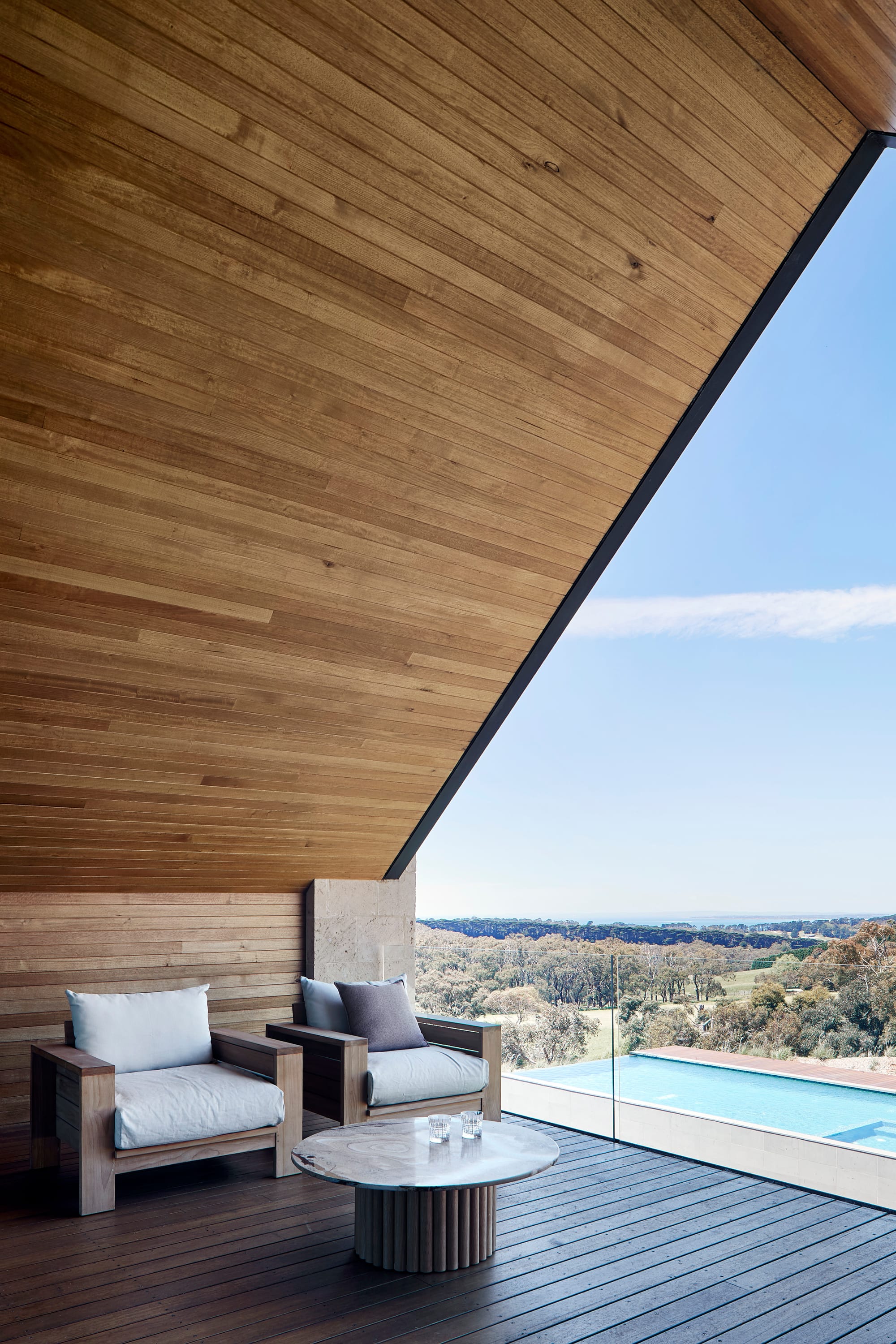
Tasmanian Timber is certified sustainable by a global body, PEFC, and governed by a two-tier independent world-leading regulatory framework, which is unique in Australia. Our timber is also independently audited to ensure it meets the Australian standard and has full chain of custody from the end-product right back to the forest practices plan that governed the sustainable harvesting at the coupe. Some imports are not certified as being sustainably produced, and illegal logging is still an issue with imported timber. Due diligence must be done to ensure the provenance of the timber is trustworthy and meets both our high standards of sustainability and quality. Tasmanian timber is a timber you can trust.
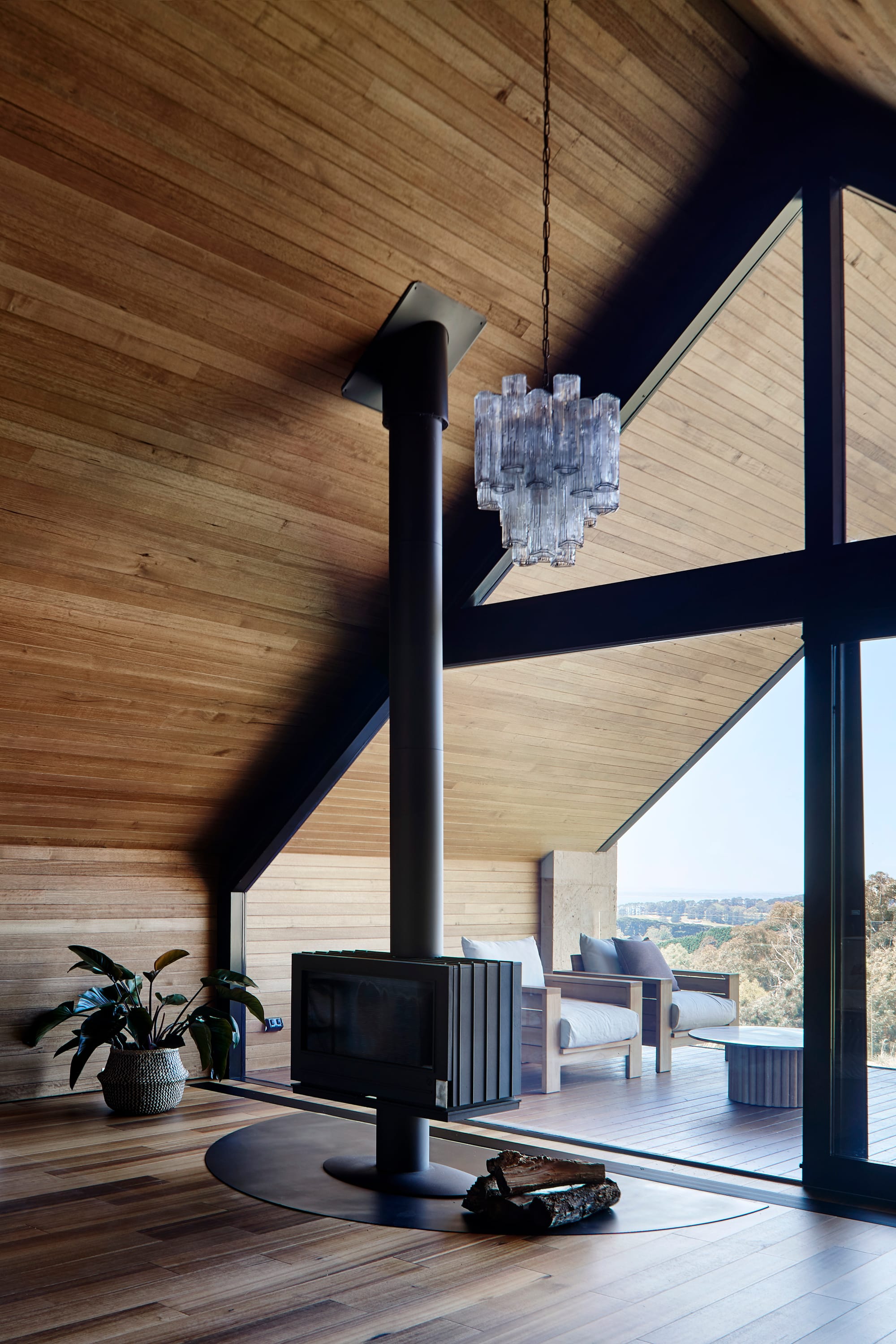
Another great reason to buy local is that consumers prefer it. Research shows that end users love Tasmanian Oak (Pollinate 2021). It is beautiful, sustainable, available and local.
To gain a deeper understanding of the Tasmanian Timber supply chain, you can visit their website for comprehensive information. Additionally, you might find valuable insights by listening to the Original Thinkers Podcast.
PROJECT DETAILS
Location: Flinders, VIC
Architecture: Abe McCarthy Architects
Photography: Shannon McGrath
Interiors: Abe McCarthy Architects in collaboration with AV-ID
This project article is part of CO-architecture's Sustainability Month where we champion the Architects, Designers, Brands, and Stays helping to shape Australia in this space. View all of the articles that are part of Sustainability Month here.



